In our experience, many people overcomplicate conversion rate optimization. The process of turning more site visitors into buyers is often easier than you think.
We’ve helped our users collect more than $300 million through our payment forms.
However, it all starts with knowing how many people view your online form and how many of them fill it out. To get your conversion rate, all you need to do is divide the number of form entries by total form viewers and then multiply by 100.
In this post, we’re going to share seven tips to help you get more purchases from your online forms.
Optimize your form for mobile visitors
One of the simplest things you can do to increase conversions is optimize and test your form across desktop, tablet, and mobile browsers.
If your form doesn’t work properly or look professional on mobile, people aren’t going to fill it out. At the bare minimum, you should make sure that
- Your form is responsive
- All images, GIFs, and videos are the right size and load quickly
- All of the form fields display correctly
Disable any popups
In addition to optimizing your form for mobile, make sure to disable popups and banners on the page where your form lives.
Popups are distracting; they take visitors away from the most important task on a page. In addition, popups don’t work well on mobile and negatively affect usability.
Leverage security best practices
Is your payment form trustworthy? If you were on the page for the first time, would you feel safe filling out the form and sharing your information with the business?
Here’s a checklist of things that you can do to make your site look secure and ease your customers’ doubts:
- Make sure your website and form (if hosted separately) are encrypted using HTTPS.
- Add a privacy policy.
- Include trust seals on the payment form. Check out this study from ConversionXL to see which site seals are most and least effective.
- Include a link to your privacy policy.
- Add social proof elements, such as testimonials or case studies.
- Consider including a money back guarantee.
Improve site speed
Forty percent of site visitors will abandon a site that takes longer than three seconds to load. Make sure that both your form and the website it’s on load quickly. This includes making sure all images are compressed.
Pro tip: You can test your website’s load speed using Google’s PageSpeed Insights tool.
Ask for the essentials only
Your checkout form shouldn’t resemble an all-you-can-eat buffet where you give people tons of options to choose from or ask them to fill out extraneous information. Most people are lazy. The more time and effort it takes someone to complete an action, the less likely they are to do it.
For example, how many checkout fields do you really need on your form? Name, email address, credit card number, expiration date, and maybe security code/CVV? That’s a total of five fields.
Focus on the form content, not aesthetics
Contrary to popular belief, changing your CTA button color from “orange” to “purple” or “red” to “green” is unlikely to move your conversion rate from 1 percent to 6 percent.
Too often, people focus on A/B testing minor design and color changes — such as button and headline colors — instead of focusing on the fundamentals. You can have a much more significant impact by thinking through your question flow and logic. To do this effectively, you need to put yourself in the shoes of your prospects and customers.
Provide contextual support on your form
If you do need extra form fields or have a more complicated signup process, one tip to increase conversions is to provide help text at every step. At minimum, make it easy for visitors to contact your customer support team with easy-to-find email, phone, and live chat options. You can also include an example as help text for each form field. Or you can take this a step further and create a chatbot that walks visitors through your payment form.
If you want to improve conversions for your payment form, focus on the fundamentals and keep these seven tactics in mind.








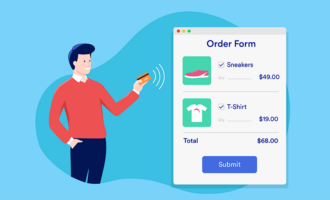



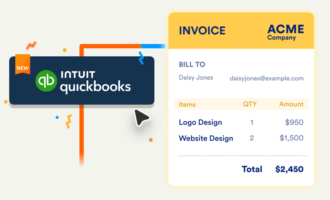
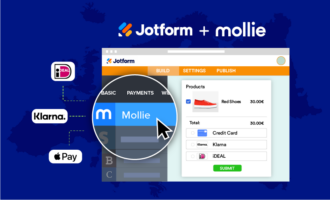



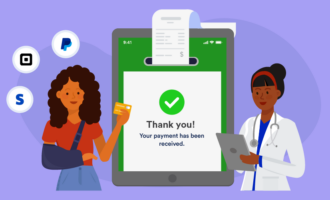




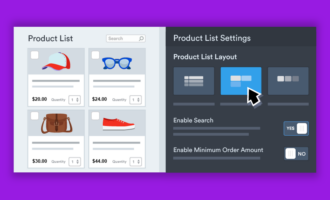
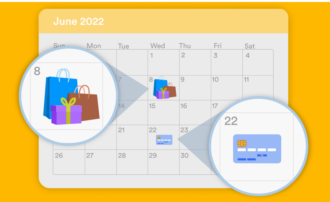

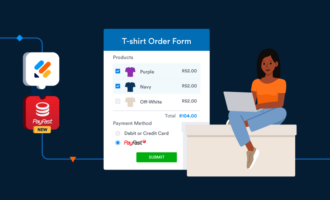

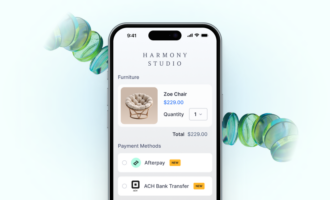












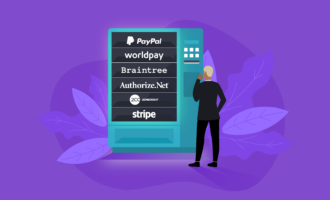
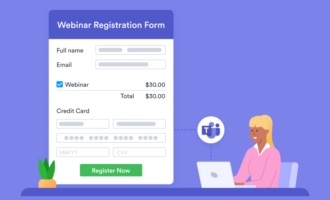


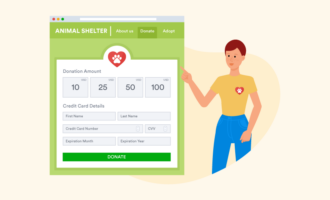





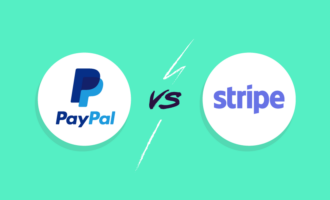


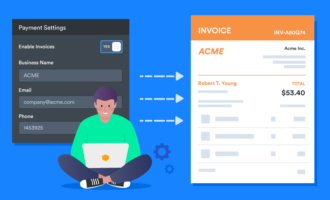




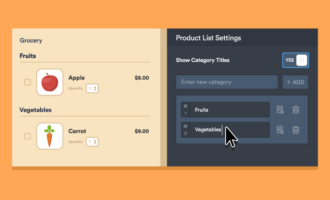
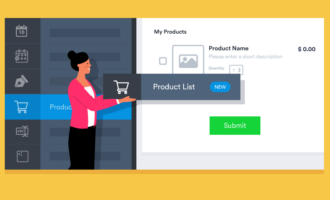

Send Comment: